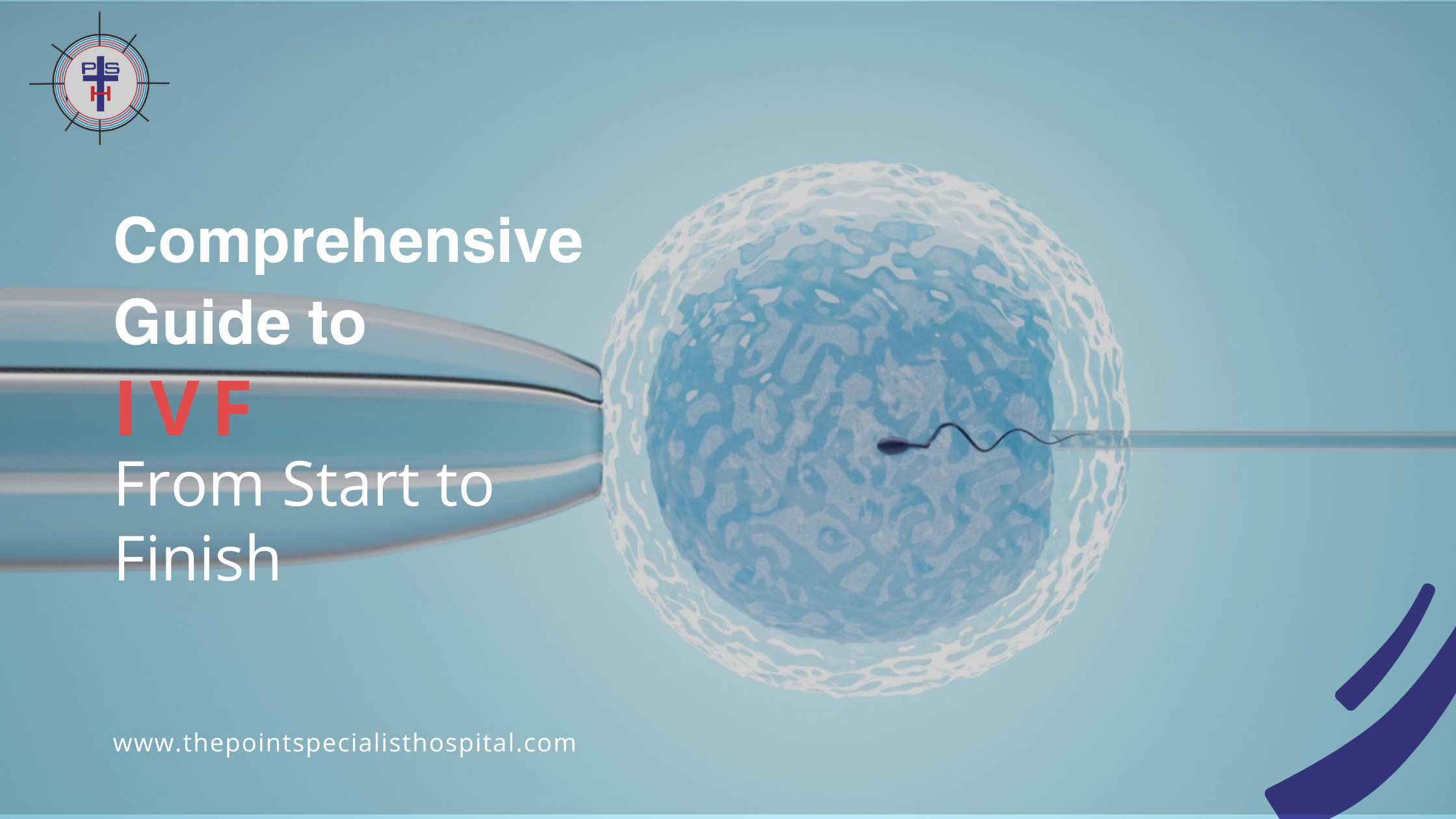A Comprehensive Guide to IVF: What to Expect from Start to Finish
In vitro fertilization (IVF) is a widely used assisted reproductive technology that helps couples facing infertility to conceive a child. This comprehensive guide provides a detailed overview of the IVF process, from initial consultations and hormone treatments to egg retrieval, fertilization, and embryo transfer. We will cover the timeline, potential challenges, and tips for preparing both physically and emotionally.
Introduction
IVF is a process where an egg is fertilized by sperm outside the body, and the resulting embryo is then transferred to the uterus. This method can help overcome various fertility issues, including blocked fallopian tubes, male factor infertility, and unexplained infertility.
1. Initial Consultations
1.1 Choosing a Fertility Clinic
The first step in the IVF journey is selecting a reputable fertility clinic. Factors to consider include:
- Success rates
- Services offered
- Location
- Cost
- Patient reviews
1.2 Initial Consultation and Testing
During the initial consultation, the fertility specialist will:
- Review medical history
- Conduct a physical examination
- Order fertility tests for both partners
Common Tests:
- Blood Tests: To check hormone levels and ovarian reserve.
- Ultrasound: To examine the ovaries and uterus.
- Semen Analysis: To assess sperm count, motility, and morphology.
2. Preparing for IVF
2.1 Health and Lifestyle Changes
Improving overall health can enhance the chances of IVF success. Recommendations include:
- Balanced Diet: Focus on nutrient-rich foods.
- Exercise: Engage in moderate physical activity.
- Avoid Smoking and Alcohol: These can negatively impact fertility.
- Manage Stress: Practice relaxation techniques such as yoga and meditation.
2.2 Financial Planning
IVF can be expensive, so it's important to plan financially. Consider:
- Insurance Coverage: Check if your insurance covers IVF treatments.
- Financing Options: Look into loans or payment plans offered by clinics.
3. The IVF Process
3.1 Ovarian Stimulation
Overview
The first step in the IVF cycle involves stimulating the ovaries to produce multiple eggs. This is achieved through hormone injections.
Medications:
- Gonadotropins: To stimulate the ovaries.
- GnRH Agonists/Antagonists: To prevent premature ovulation.
Monitoring:
- Ultrasounds: To monitor follicle development.
- Blood Tests: To check hormone levels.
Duration:
Approximately 10-14 days.
3.2 Egg Retrieval
Procedure:
- Timing: Trigger shot (hCG) is administered when follicles are mature.
- Process: Eggs are retrieved from the ovaries using a needle guided by ultrasound.
- Anesthesia: Sedation or light anesthesia is used.
Duration:
15-30 minutes.
3.3 Fertilization
Process:
- Sperm Collection: Partner provides a sperm sample.
- Insemination: Eggs are combined with sperm in the lab.
- ICSI: In cases of male infertility, a single sperm is injected directly into the egg.
Monitoring:
- Embryo Development: Embryologists monitor fertilization and cell division.
3.4 Embryo Transfer
Procedure:
- Selection: Best quality embryos are selected for transfer.
- Process: Embryo(s) are transferred into the uterus using a catheter.
- Anesthesia: Usually not required.
Timing:
- Day 3 or Day 5 Transfer: Depending on embryo development.
3.5 Luteal Phase Support
Medications:
- Progesterone: To support the uterine lining and implantation.
3.6 Pregnancy Test
Timing:
- Two Weeks Post-Transfer**: Blood test to check for pregnancy hormone (hCG).
4. Potential Challenges
4.1 Physical Side Effects
Common Side Effects:
- Ovarian Hyperstimulation Syndrome (OHSS): Caused by overstimulation of the ovaries.
- Bloating and Cramping: Due to hormone injections.
- Mood Swings: Caused by hormonal changes.
4.2 Emotional and Psychological Impact
Emotional Challenges:
- Stress and Anxiety: Due to the uncertainty and intensity of the process.
- Emotional Rollercoaster: Managing hopes and disappointments.
4.3 Financial and Time Constraints
Financial Challenges:
- Cost: IVF can be expensive, and multiple cycles may be needed.
Time Commitment:
- Frequent Appointments: Regular monitoring and procedures require time off work.
5. Tips for Preparing Physically and Emotionally
5.1 Physical Preparation
Healthy Diet:
- Nutrient-Rich Foods: Include fruits, vegetables, lean proteins, and whole grains.
- Supplements: Consider prenatal vitamins, folic acid, and omega-3 fatty acids.
Regular Exercise:
- Moderate Activity: Engage in activities like walking, swimming, and yoga.
5.2 Emotional Preparation
Support System:
- Counseling: Consider seeing a therapist or joining a support group.
- Communication: Maintain open communication with your partner and loved ones.
Stress Management:
- Relaxation Techniques: Practice mindfulness, meditation, or deep breathing exercises.
- Hobbies: Engage in activities you enjoy to distract and relax.
5.3 Financial Preparation
Budgeting:
- Cost Estimation: Get a clear understanding of the costs involved.
- Insurance and Financing: Explore all available options for financial support.
Conclusion
IVF is a multifaceted and demanding process that offers hope to many couples struggling with infertility. Understanding each step of the journey, from initial consultations to embryo transfer, can help you prepare physically, emotionally, and financially. While challenges are inevitable, a well-rounded approach that includes medical, lifestyle, and emotional support can increase the chances of success and make the experience more manageable. By staying informed and proactive, you can navigate the IVF process with greater confidence and resilience.

